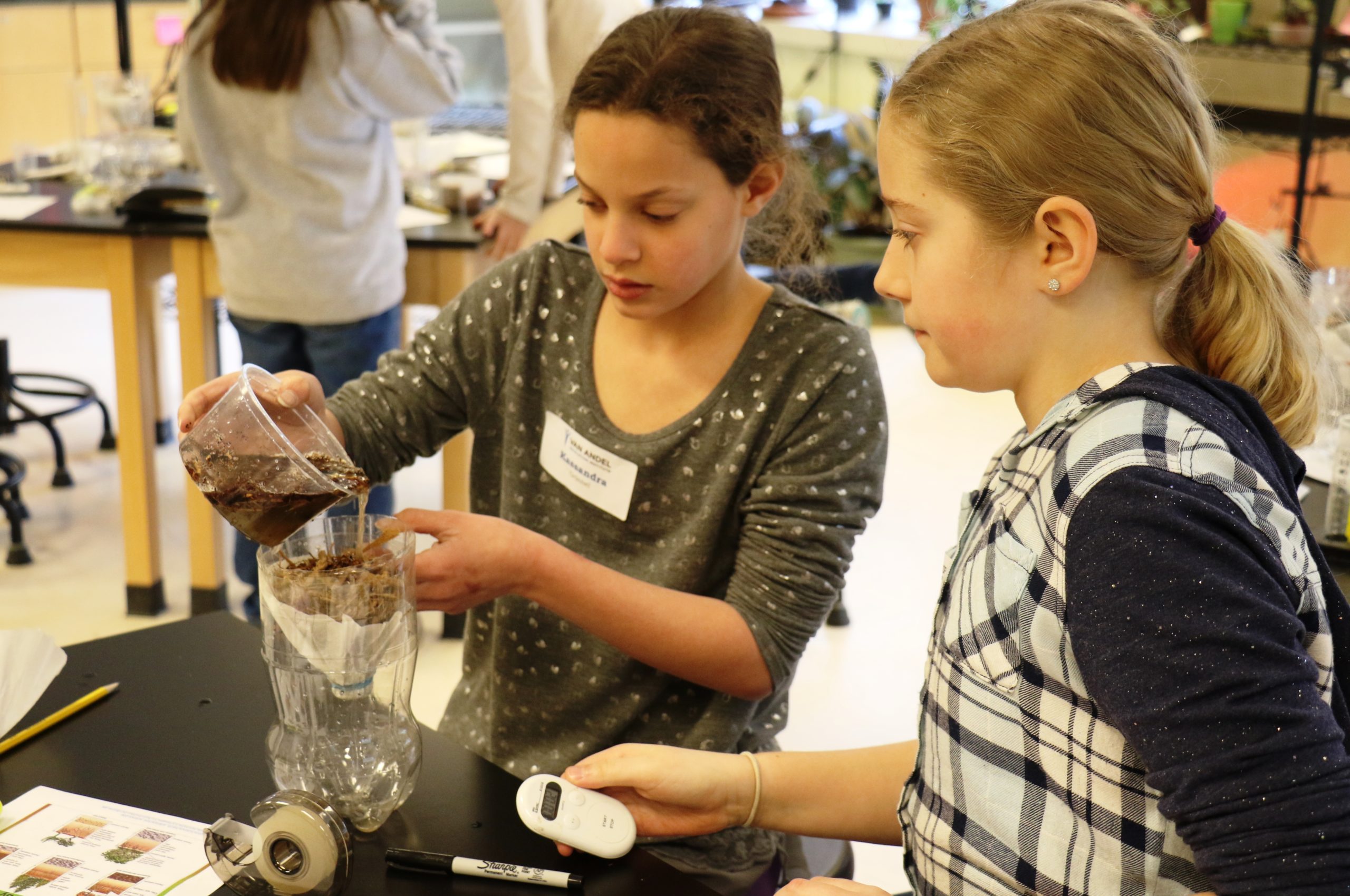Peek into a busy STEM classroom and you m
Indeed, there’s nothing better than an exciting and involving STEM project to transform students into doers, thinkers, innovators, and inventors. STEM explorations build curiosity and creativity, critical thinking, and collaboration. They expand students’ knowledge and address the NGSS. And, they engage even those hard-to-engage learners.
Even so, you may secretly scoff and be thinking “I could bring meaningful STEM projects like that into my classroom if I only had the money.”
Money! There’s never enough of it. (And, there probably never will be!) Supply budgets are skimpy—or don’t exist at all. There’s only so much you can squeeze out of your own pocket. But that’s no reason to deny your class the joy of STEM.
The truth is, there are plenty of low-cost, cool, and educational STEM experiments that will wow the apathy out of any kid. They often require the simplest of materials. And they’re shining examples of what STEM is all about:
- STEM is more than a hot topic in education circles. Science, technology, engineering, and math are all areas our students need to be comfortable and familiar with to do well in the future.
- STEM is an invitation to gain knowledge by playing and wondering and asking questions. Scaffold an activity and offer students choices and you’ve instantly added value and interest.
- STEM is, above all, hands-on. Involved students will naturally pay attention and own the activity. They may even forget they are working on the standards and hitting learning targets.
- STEM is all about collaborating, communicating, and talking to teach other. Old-fashioned teamwork will never go out of style.
- STEM is real-world. When you take learning out of a vacuum and show children how STEM connects to everyday life, you’ll be providing them with priceless insight. Now everyone’s winning.
Back to the big question: How to do STEM on a budget…
Head to the dollar store. There’s one on virtually every corner. If you’re a confirmed cheapskate like most of us, you probably already know your way around this type of store quite well. It’s packed with low-cost resources you can use to inspire your students to think and act like scientists. Be sure to track down items that will give you the best bang for your bucks —like pop rocks, heat wraps/cold packs, glow sticks, dominoes, and foam dart finger shooters. Yes, all these materials can be turned into memorable experiments.
Dive into the world of online STEM resources and apps. To get and keep kids engaged, you have to get them excited about learning. Online you’ll find a wealth of apps and resources to do the job without emptying your wallet. So, you haven’t yet introduced your young scientists to Scratch Coding, Lab4Physics, Apple Coding, Merge Cube, STEM on Station, or Science Buddies? You and your class have many memorable learning experiences ahead of you.
Raid your kitchen. Simple materials we all stock—such as salt, sugar, popsicle sticks, and plastic wrap—can be turned into the most magical activities. All it takes is a little creativity.
So, gather up your kids and start exploring low-cost, high-impact STEM! And, be sure and let us know how it goes.
Inexpensive lessons to try:
- Chemistry in a Bag Teacher Guide
- Chemistry in a Bag Investigation Plan
- Mystery Powders Teacher Guide
- Mystery Powders Investigation Plan
- Mystery Powders Observation Form
Online resources to try:
For more information, check out our STEM on a Dime webinar video.